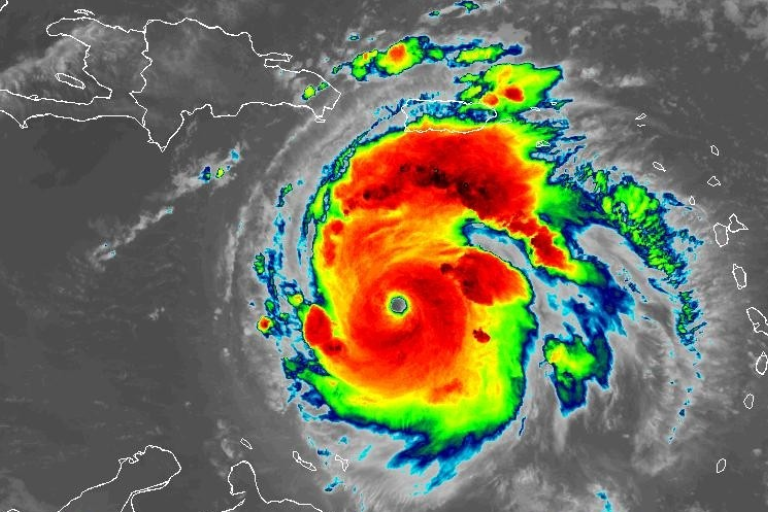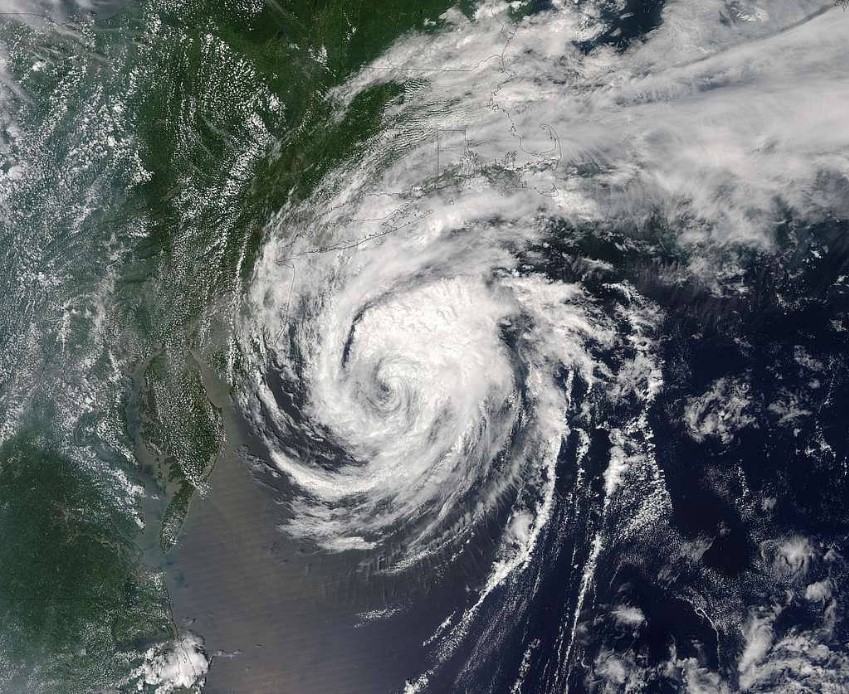Hurricane Beryl, the first hurricane of this year’s Atlantic season, has caused devastating impacts across the Caribbean and is now moving towards Mexico. The storm reached Category 5, marking it as the strongest hurricane to have formed in the Caribbean at this early time of the year since at least 1850. Beryl has been described as an “alarming precedent” by the World Meteorological Organization (WMO), due to its unprecedented intensity for this time of year.
In the Caribbean, Beryl’s effects have been catastrophic: three people have died on various islands of Grenada and one in Saint Vincent and the Grenadines, with at least three more fatalities in Jamaica, where five people remain missing. Over 1,400 people in Venezuela are currently housed in ‘solidarity shelters’. The hurricane has also caused major socio-economic disparities in these vulnerable communities, which have limited responsibility for historical greenhouse gas emissions.

As it made landfall in Mexico, the hurricane weakened to a tropical storm, but still placed over two million residents, including the tourist resorts of Cancun and Tulum, on high alert. Authorities evacuated sea turtle eggs from beaches in anticipation of the storm and deployed over 8,000 army, air force, and national guard personnel to assist affected populations. Schools closed, residents boarded up homes, and supermarkets saw rushes for supplies.
The cyclone initially hit land as a Category 2 hurricane with winds up to 175 kilometers per hour. Throughout the region, it has left hundreds of thousands without electricity and caused significant property damage. At least 10 people have been confirmed dead across the Caribbean. Over 200,000 households in Quintana Roo state were left without electricity as strong winds tore roofs off buildings. Mexican authorities ensured that electricity services would be restored quickly.
Similar Posts
More than 300 flights were canceled or delayed, and airports in Tulum, Cozumel, and Cancun resumed operations shortly after confirming no significant damages. Hundreds of tourists were evacuated from coastal hotels, and over 3,000 people left Isla Holbox. Archaeological sites in Yucatan and the neighboring state of Campeche were temporarily closed due to the storm.
This unprecedented storm has brought the issue of climate change back to the forefront. Scientists attribute the increased intensity and frequency of hurricanes like Beryl to climate change, which exacerbates rainfall and strengthens hurricanes by warming the oceans and raising sea levels. Unlike other extreme weather events, El Niño did not influence this cyclone, although other natural phenomena such as the Pacific Decadal Oscillation and the Atlantic Multidecadal Oscillation could have played a role.


















